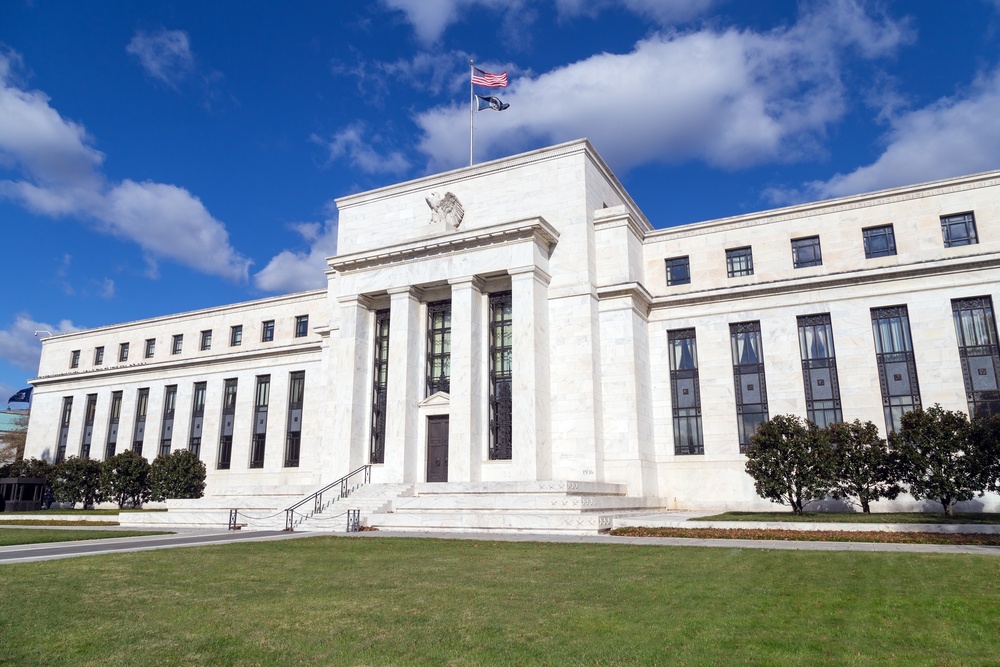U.S. September CPI Rebounded, FED may Slow Down Rate Cuts
The U.S. CPI growth in September was higher than economists expected, with rising housing and food prices being the main factors.

Data released by the U.S. Bureau of Labor Statistics show that the core consumer price index (CPI) increased by 0.3% monthly and 3.3% annually in September 2024, both higher than economists' expectations of 0.2% and 3.2%. This data shows that even if energy and food prices are excluded, basic price pressures are still significant.
At the same time, the overall CPI increased by 0.2% monthly and 2.4% annually, which also exceeded market expectations, reflecting that commodity prices have begun to rebound. In particular, rising housing and food prices have driven the growth of the overall CPI.
Although inflationary pressures in the United States have eased in the past few months, the decline in September faces challenges. Prices for core goods and services rose again, with car insurance, health care and air tickets in particular rising significantly. Analysts pointed out that this round of price increases may be related to a surge in demand after the start of the football season, and may also reflect some deeper inflationary pressures.
After the data was released, the market paid more attention to the next policy of the Federal Reserve (FED). Although some Fed officials, such as New York Fed President Williams and Chicago Fed President Gooseby, are optimistic that inflation will continue to decline, they still emphasize that the fight against inflation is not over yet.
Atlanta Federal Reserve Bank President Bostick said he was open to whether interest rate cuts should be suspended in November based on recent economic data. He believes that the possibility of a 25 basis point interest rate cut in November still exists, but he does not rule out the possibility of pausing interest rate cuts, especially if the labor market remains strong, and the FED may choose to wait for more data.
Higher-than-expected inflation data and a strong jobs report led some market experts to expect the Fed to become more cautious in cutting interest rates.
According to data from CME Group's FedWatch tool, as of 9:50 a.m. on October 11, the market estimated that the probability of a 25 basis point interest rate cut in November dropped from 97.9% on October 7 to 86.4%, while the probability of suspending interest rate cuts dropped from 97.9% to 86.4% on October 7. 2.1% rose to 13.6%.
Jamie Cox, an analyst at Harris Financial Group, pointed out that although the decline in inflation has not completely stopped, expectations for a sharp interest rate cut by the FED may be too optimistic. On the other hand, Wolfe Research chief economist Ross said that if future data shows that the economy is stable, the Federal Reserve may choose a more conservative policy and temporarily slow down the pace of interest rate cuts.
Major U.S. stock indexes fell as inflation data exceeded expectations and investor confidence was affected. The Dow Jones Industrial Average, Nasdaq Composite Index and S&P 500 Index all fell slightly, reflecting concerns that the Federal Reserve may slow the pace of interest rate cuts. At the same time, the yield on the 10-year U.S. Treasury bond remains at around 4%, indicating that market concerns about future economic prospects still exist.
Disclaimer: The views in this article are from the original Creator and do not represent the views or position of Hawk Insight. The content of the article is for reference, communication and learning only, and does not constitute investment advice. If it involves copyright issues, please contact us for deletion.